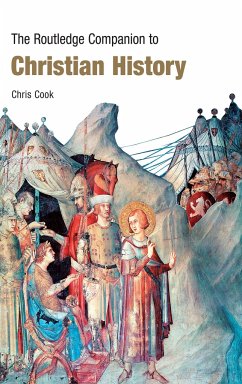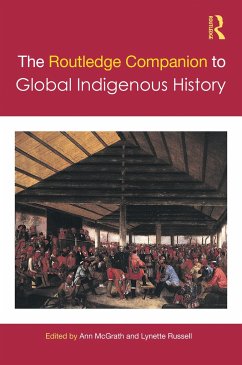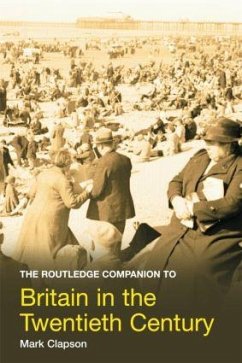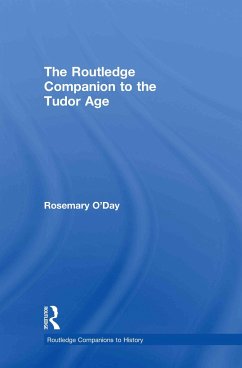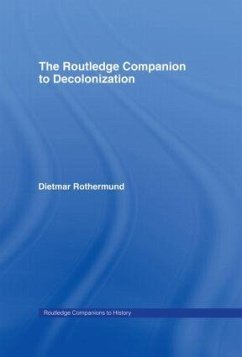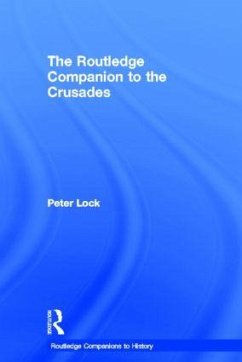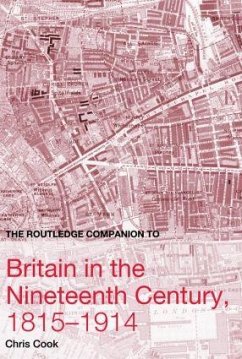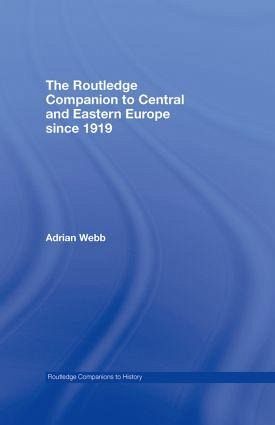
The Routledge Companion to Central and Eastern Europe since 1919
Versandkostenfrei!
Versandfertig in 1-2 Wochen
168,99 €
inkl. MwSt.
Weitere Ausgaben:

PAYBACK Punkte
84 °P sammeln!
@text: his guide is a compact and highly accessible work of reference that covers eastern and central Europe from the Treaty of Versailles to the present day. Broad ranging in focus, it covers political, economic, environmental, human and cultural issues. With particular focus on the early nationalist and subsequent fascist and communist periods, this book highlights the similarities and differences between Fascist Italy and Nazi Germany. With a wealth of chronologies, tables and maps, together with discursive chapters on key issues and a guide to the historiography, this handy book is an indispensable resource for all students and teachers of central and Eastern Europe.
With a wealth of chronologies, tables and maps, together with discursive chapters on key issues and a guide to the historiography, this handy book is an indispensable resource for all wgho wish to understand the complex history of central and eastern Europe.





